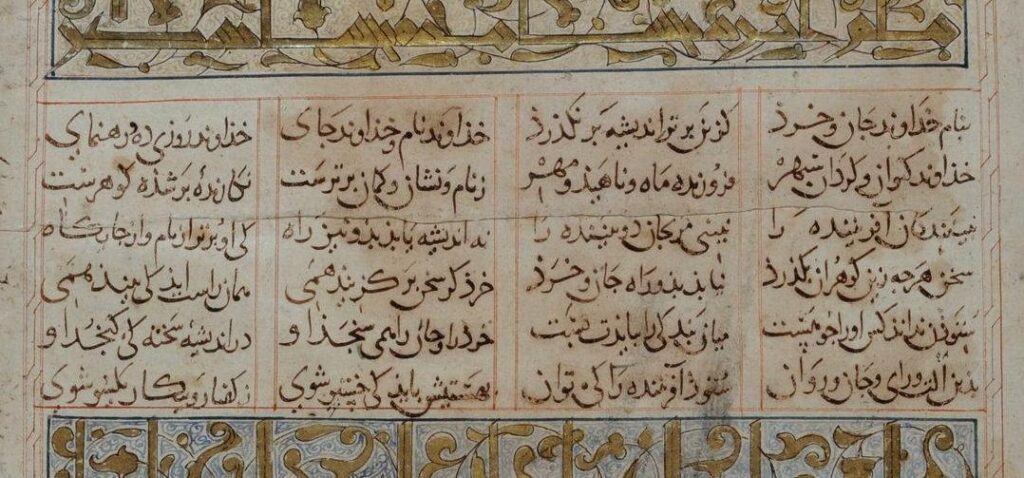Translated by Google. I’ll be revising and editing all Blog posts soon.
Hamza is one of the distinctive symbols of the Arabic alphabet, transforming into various forms depending on its position and context, written as: ء أ إ ئ ؤ.
It plays a critical role in Arabic orthography, indicating a glottal stop or modifying pronunciation. However, the “Small Yeh” or “Above Yeh,” sometimes mistakenly called the “Small Six,” is neither a hamza nor related to the numeral six. This symbol is an abbreviated form of the “Yeh” letter, historically used in Persian orthography after words ending in “Heh” to represent a specific phonetic or stylistic nuance, resembling a small “Yeh” in shape.
The confusion arises from the early days of digital typography when Arabic and Persian scripts were adapted into fonts. Since initial font designs were often created by non-native designers or with limited input from Persian typographers, the “Persian Yeh” or “Small Yeh” was overlooked. Instead, the hamza was incorrectly used as a substitute, placed above the “Heh” to mimic the “Small Yeh.” This error persisted due to a lack of standardization, and even today, many fonts fail to include the proper “Arabic Letter Heh With Yeh Above” (Unicode U+06C0), introduced in 1993. The misidentification stems partly from cultural oversight, as even some Iranian typographers confused the two symbols, perpetuating the issue in font design and keyboard layouts.
To address this, users can take practical steps to ensure accurate representation of the “Small Yeh.” First, installing the “Standard Persian Keyboard” simplifies typing by mapping “Small Yeh” to Shift+N. This keyboard automatically converts the combination of “Heh + Hamzah” to the correct “Heh With Yeh Above” symbol, provided the font supports it. Second, choosing fonts that adhere to Unicode standards and distinguish between hamza and “Small Yeh” is helpful. Unlike the hamza, which has a distinct, often crescent-like shape, the “Small Yeh” resembles a miniature “Yeh,” preserving the aesthetic and functional integrity of Persian script.
Despite these solutions, challenges remain. Even the Standard Persian Keyboard lacks a dedicated key for “Small Yeh,” relying on the “Heh + Hamzah” combination, which depends on font support to display correctly. This workaround is imperfect, as many widely used fonts still substitute the hamza. Keyboard and font designers should prioritize a dedicated “Small Yeh” key and ensure its inclusion in all standard Persian fonts to resolve this issue fully.
The cultural significance of this issue is evident in historical texts like the Shahnameh, the Persian epic poem, where manuscripts, such as the oldest surviving copy from the 13th century, showcase the “Small Yeh” in its traditional form. These manuscripts highlight the symbol’s role in distinguishing Persian orthography from Arabic, underscoring the need for accurate digital representation. By adopting standardized keyboards and fonts, users can honor this heritage while navigating modern technology.

An image of “Small Yeh” in the oldest manuscript of the Shahnameh can be viewed in digital archives of Persian literature.